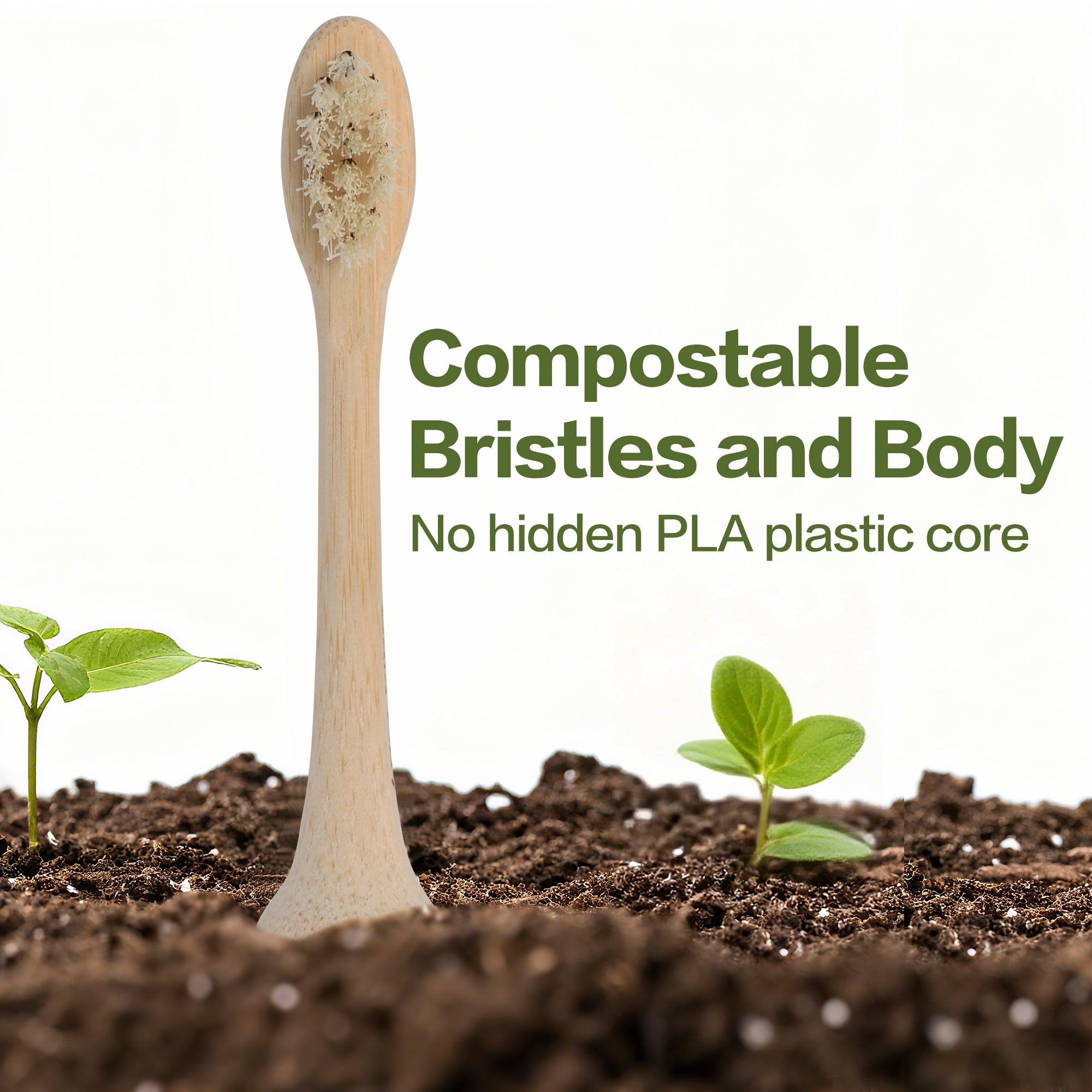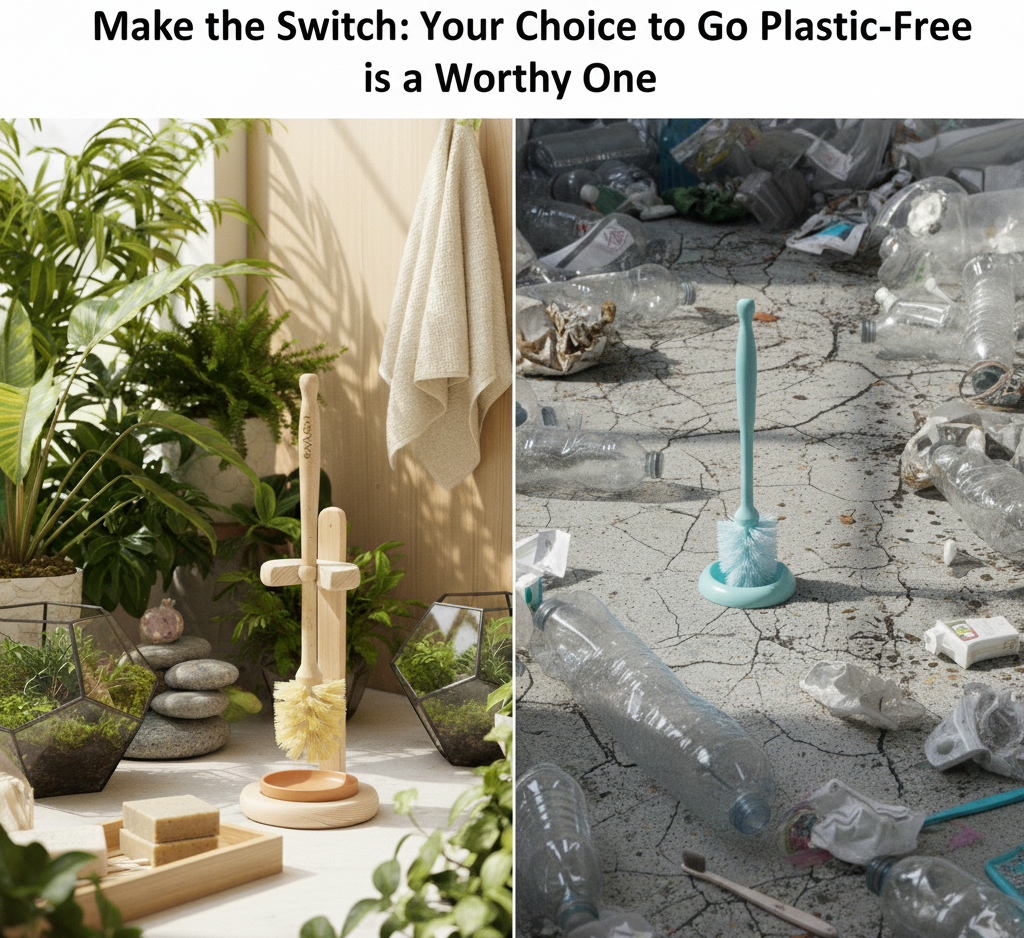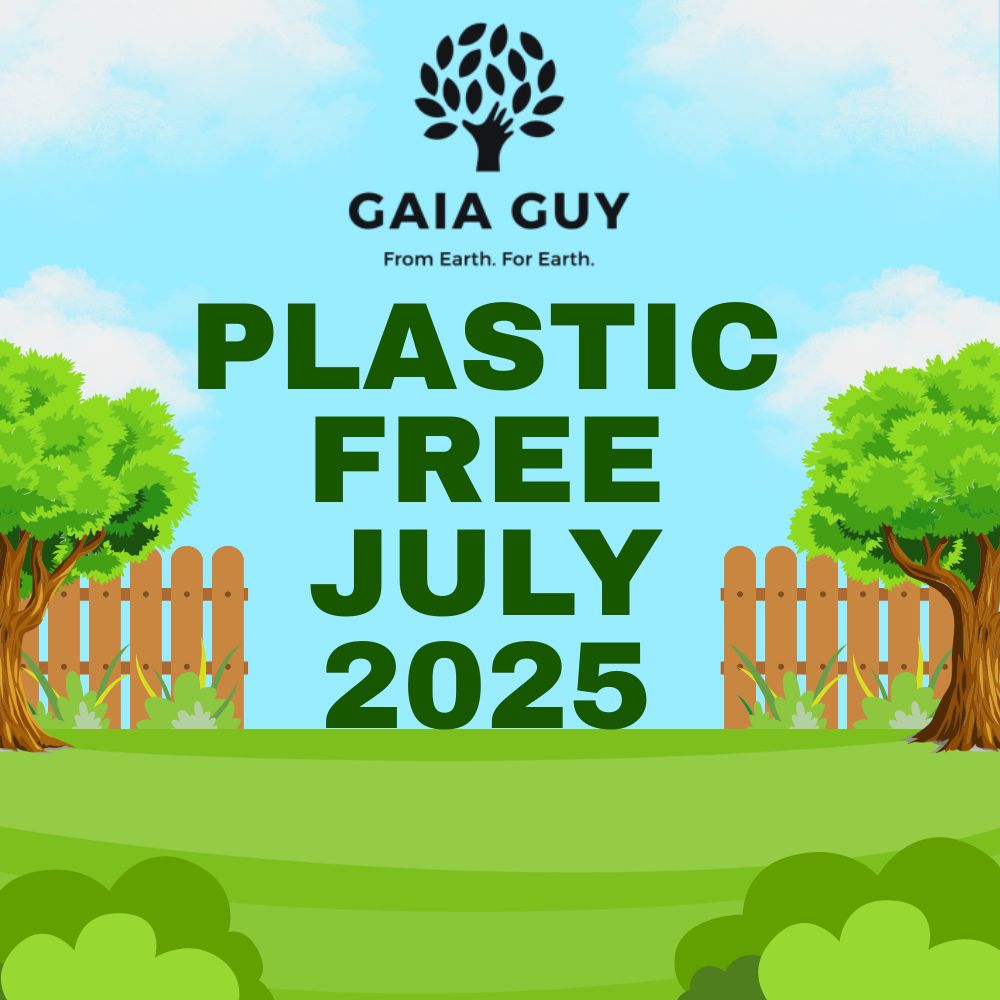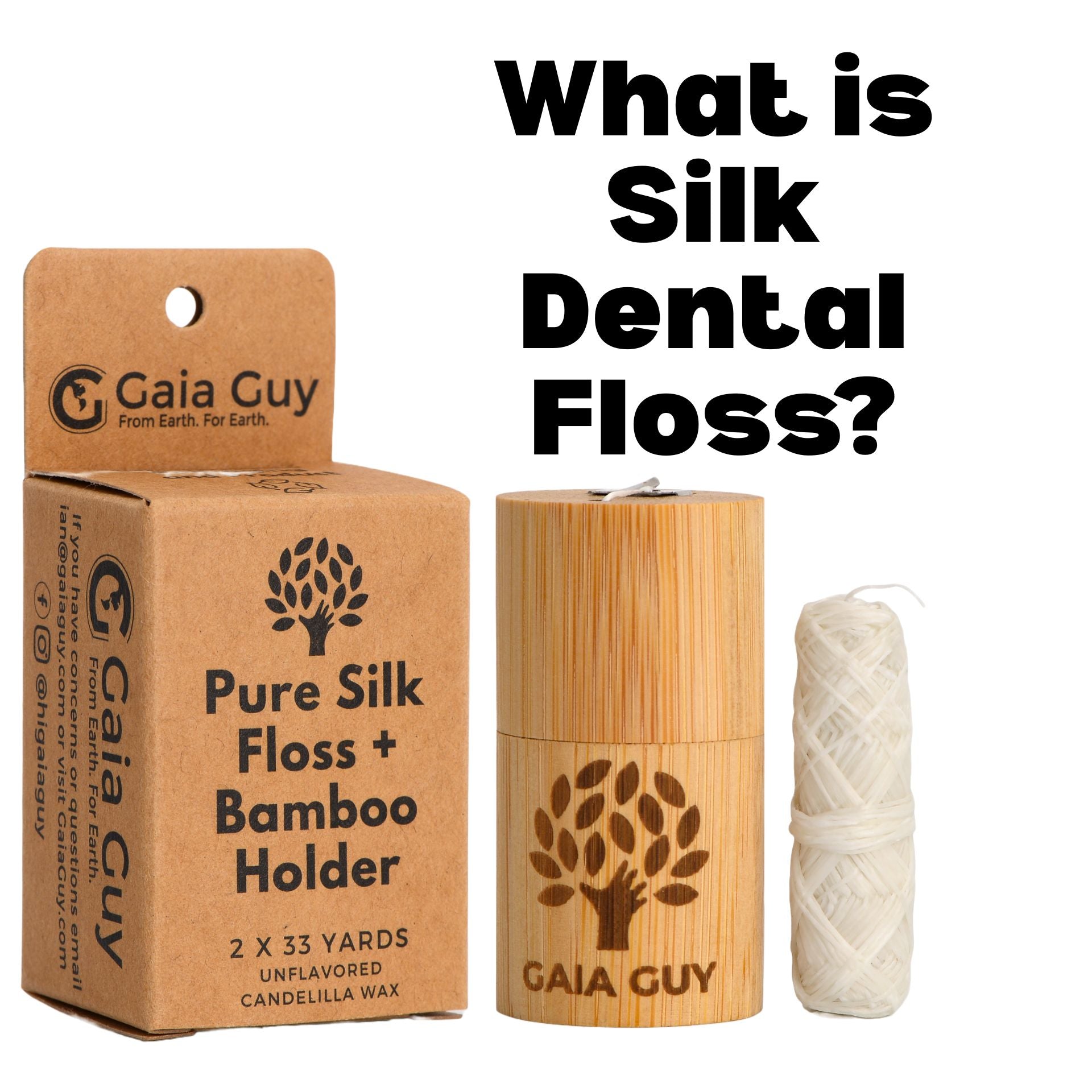The world is drowning in plastic. While the convenience of this material is undeniable, its pervasive nature—especially when it breaks down into invisible, harmful fragments—has created a global crisis. Roughly 40% of all plastic produced is single-use, designed to be used once and then discarded, and this reliance is having a severe impact on the health of our planet and ourselves.
Here is what the science says about the microplastic epidemic and how you can take meaningful steps to mitigate your daily exposure, starting with a powerful switch in your oral care routine.
The Ubiquity of Microplastics: An Invisible Pollutant
Microplastics are fragments of plastic less than five millimeters long, and they are literally everywhere. They accumulate in our oceans, on our beaches, and even in the air we breathe.
 Sources of microplastic pollution are often surprising and found in everyday products and activities:
Sources of microplastic pollution are often surprising and found in everyday products and activities:
- Synthetic Clothing and Air: Every time you wear or wash synthetic clothing (like polyester or nylon), tiny fibers are shed. These microfibers are now a primary component of the dust in our homes, and they are easily inhaled.
- Tire and Shoe Abrasion: The simple act of driving or walking wears down tires and shoe soles. For example, some researchers have found that tire abrasion accounts for about half of all microplastics in rivers. One estimate suggests that humans release around 110 grams of microlastics through shoe abrasion every year.
The Science-Backed Health Risks of Plastic Exposure
Once plastic breaks down, these minuscule particles and the chemicals they carry find their way into the human body through three main pathways: ingestion (food and water), inhalation (air), and dermal contact. Which countries eat the most microplastics?
Scientific literature confirms that microplastics are being detected in human blood and vital organs, including the lungs, gastrointestinal tract, and even placental tissues. The accumulation of these particles and their associated chemicals has been linked to concerning health outcomes:
- Inflammation and Organ Damage: Microplastics can induce oxidative stress and cellular damage in the body. Studies have linked microplastic exposure to chronic inflammation in the gastrointestinal tract, potentially contributing to conditions like irritable bowel syndrome (IBS).
- Toxin Carriage: Microplastics act as carriers, absorbing and releasing chemical additives used in plastic manufacturing—such as plasticizers—which are known to be toxic. These toxins can leach out inside the body.
- Systemic Effects: Exposure has been associated with compromised immune function, respiratory problems (like asthma), cardiovascular diseases, and potential neurotoxicity.
 Mitigating Your Exposure with a Truly Plastic-Free Choice
Mitigating Your Exposure with a Truly Plastic-Free Choice
The sheer scale of the plastic crisis can feel overwhelming, but making a switch to truly eco-conscious products is one of the most powerful steps you can take. Every year, millions of plastic toothbrush heads are tossed into landfills, and many "bamboo" alternatives still rely on hidden plastic components.
Gaia Guy's newly launched Electric Bamboo Toothbrush Heads offer a practical, zero-waste solution to mitigate your plastic exposure in the home.
What Makes Gaia Guy's Heads Different?
- No Hidden PLA Core: They feature a 100% biodegradable bamboo body with no hidden PLA (polylactic acid) plastic core. This eliminates the need for industrial composting, making them genuinely compostable by the end-user.
-
Natural Bristle Options: Instead of petroleum-based nylon, you can choose natural bristle options that are ethically sourced byproducts of the meat industry, sterilized with hot water and no harsh chemicals:
- Horsehair Bristles: Soft, flexible, and gentle for those who need a delicate clean that is kind to gums and enamel.
- Boar Hair Bristles: Medium-firm bristles, ideal for those who prefer a firmer, yet natural, brushing experience.
By switching your toothbrush heads—a product you replace four times a year—you are directly reducing the flow of petroleum-based plastic into the waste stream and your home environment. Make the small, conscious choice today that creates a big ripple for a cleaner world. Start your plastic-free oral care journey with the sustainable solutions available at gaiaguy.com.
Frequently Asked Questions (FAQs)
Q: What are microplastics and how do they enter my body?
A: Microplastics are tiny plastic fragments, less than 5mm long, resulting from the breakdown of larger plastics. They enter your body through ingestion (food, water, salt), inhalation (air and household dust from synthetic fabrics), and dermal contact. Nylon toothbrushes release microplastics too!
Q: What does “no hidden PLA core” mean for the electric toothbrush heads?
A: Many bamboo electric toothbrush heads contain a PLA (Polylactic Acid) plastic core to connect to the handle. While PLA is often called a "bioplastic," it still requires industrial composting and is not truly home-compostable. Gaia Guy's heads are designed with a 100% bamboo core, making them completely plastic-free and genuinely home-compostable.
Q: Are the boar hair and horsehair bristles ethically sourced?
A: Yes. Both the boar hair and horsehair bristles are ethically sourced byproducts of the meat industry. They are sterilized with hot water (no harsh chemicals) before being used, ensuring a responsible and zero-waste material choice.
Q: Which electric toothbrush handles are the heads compatible with?
A: Gaia Guy's Bamboo & Natural Bristle Electric Toothbrush Heads are designed to be compatible with Philips Sonicare click-on handles, including all models starting with HX3, HX6, HX8, and HX9.
Q: How does switching my toothbrush head mitigate my microplastic exposure?
A: You eliminate the source of plastic (typically polypropylene/nylon) from your daily oral care routine. This simple switch removes a petroleum-based product from your home and prevents synthetic plastic from entering the waste stream and eventually breaking down into microplastics.
*Further Reading and Video Source: [How the world is choking on plastic | DW Documentary](http://www.youtube.com/watch?v=QJuBMKgq3pg)*









